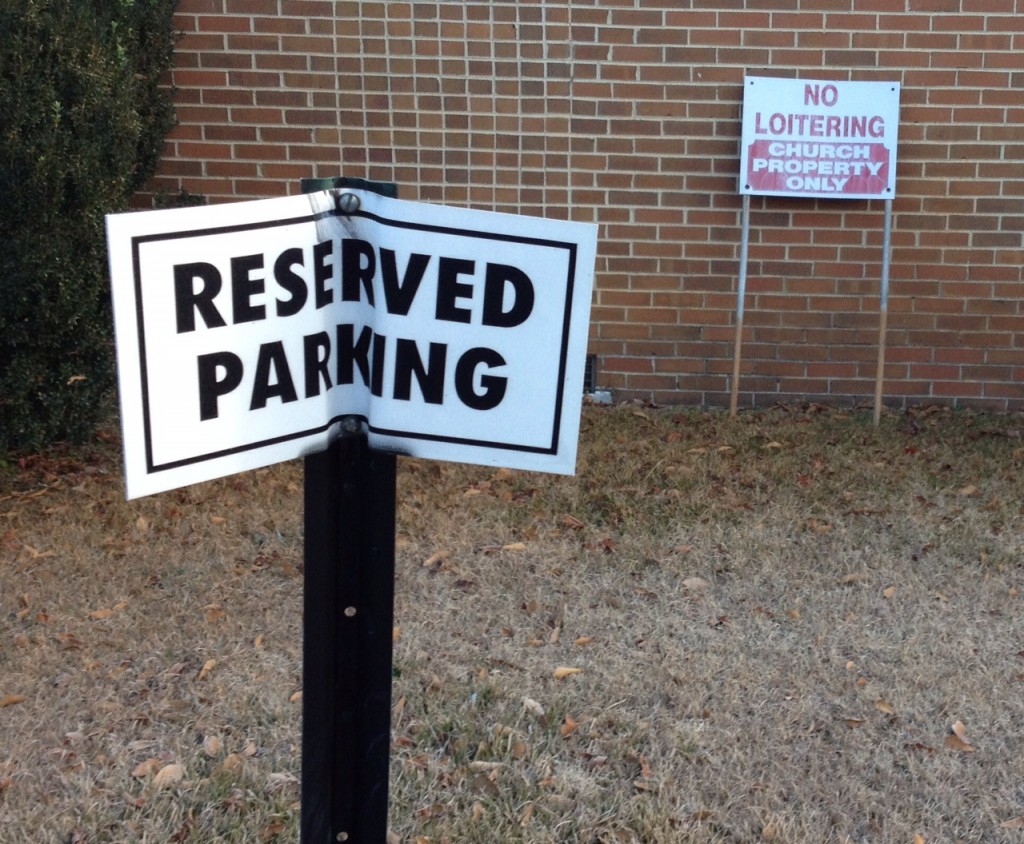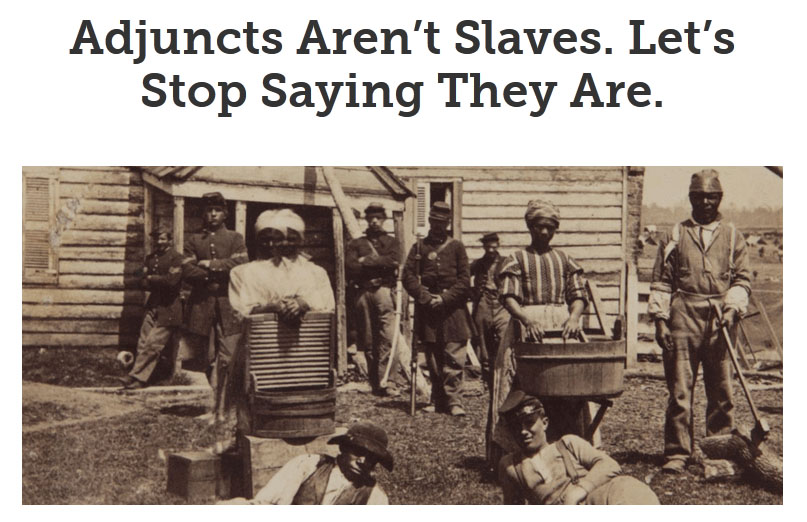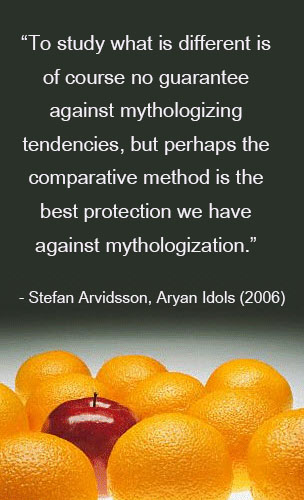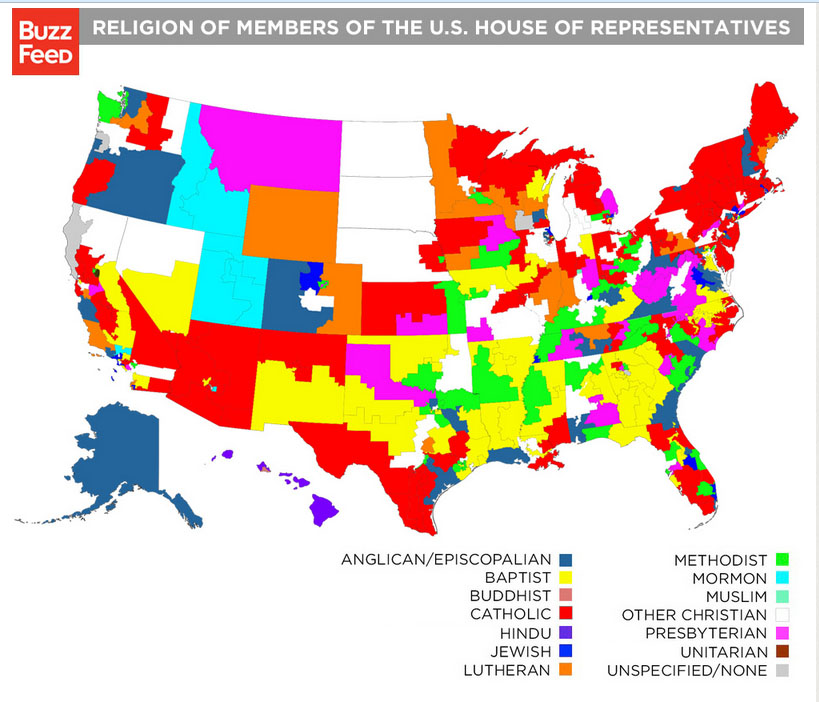 Two days ago, and then again yesterday, I wrote a couple of related posts on the way that, despite how cutting edge they may seem, many approaches to identity presuppose that classification systems merely manage pre-existing material. Given that I understand it rather differently — seeing, instead, contingent but authorized grids as the way that we create that sense of place and time that we call identity (also known as significance or relationships of similarity and difference) — most approaches strike me as conservative and problematic inasmuch as they fail to historicize the identity they purport to study, i.e., they fail to examine contingent identification practices (also known as those very same systems and grids that we create, authorize, contest, and otherwise just manage) and, in so doing, they merely naturalize their products, as if we all just know where we are on the globe without that fairly recent invention that we call longitude and latitude. Continue reading “Do This, Don’t Do That”
Two days ago, and then again yesterday, I wrote a couple of related posts on the way that, despite how cutting edge they may seem, many approaches to identity presuppose that classification systems merely manage pre-existing material. Given that I understand it rather differently — seeing, instead, contingent but authorized grids as the way that we create that sense of place and time that we call identity (also known as significance or relationships of similarity and difference) — most approaches strike me as conservative and problematic inasmuch as they fail to historicize the identity they purport to study, i.e., they fail to examine contingent identification practices (also known as those very same systems and grids that we create, authorize, contest, and otherwise just manage) and, in so doing, they merely naturalize their products, as if we all just know where we are on the globe without that fairly recent invention that we call longitude and latitude. Continue reading “Do This, Don’t Do That”
Metaphoric Limits
 I remember, some years ago, the rise of the term “feminazi” in popular discourse — a term associated with those on the US’s political far right, such as radio host Rush Limbaugh — which named (i.e., critiqued) what it portrayed as the unreasonable and doctrinaire nature of so-called radical feminism. Continue reading “Metaphoric Limits”
I remember, some years ago, the rise of the term “feminazi” in popular discourse — a term associated with those on the US’s political far right, such as radio host Rush Limbaugh — which named (i.e., critiqued) what it portrayed as the unreasonable and doctrinaire nature of so-called radical feminism. Continue reading “Metaphoric Limits”
Interested Descriptions
 The way that descriptions, encoded in definitions, tacitly reproduce theories, sets of interests, and ways of prioritizing, paying attention & ignoring, is pretty evident in the commonsense definition of ritual that many of us walk around with — and, sadly, which many scholars adopt and use as well. Continue reading “Interested Descriptions”
The way that descriptions, encoded in definitions, tacitly reproduce theories, sets of interests, and ways of prioritizing, paying attention & ignoring, is pretty evident in the commonsense definition of ritual that many of us walk around with — and, sadly, which many scholars adopt and use as well. Continue reading “Interested Descriptions”
“The Same…, But Different”
 In 2008 I took a small group of undergraduate students from our Department at the University of Alabama to Thessaloniki, Greece (that’s us above, with a famous philosopher, who has a shiny toe, likely from tourists rubbing it), where I had been for a conference a couple years before, and at which I first met my Culture on the Edge colleague, Vaia Touna. I’ve returned several times since that first trip, sometimes with other students and sometimes to help further my own school’s initiative to establish a long term relationship with Aristotle University — a school whose namesake was from a village about an hour’s drive east of the city. Continue reading ““The Same…, But Different””
In 2008 I took a small group of undergraduate students from our Department at the University of Alabama to Thessaloniki, Greece (that’s us above, with a famous philosopher, who has a shiny toe, likely from tourists rubbing it), where I had been for a conference a couple years before, and at which I first met my Culture on the Edge colleague, Vaia Touna. I’ve returned several times since that first trip, sometimes with other students and sometimes to help further my own school’s initiative to establish a long term relationship with Aristotle University — a school whose namesake was from a village about an hour’s drive east of the city. Continue reading ““The Same…, But Different””
On Comparison
 Read more.
Read more.
Drawing Distinctions
 Did you see this graphic making the rounds on the internet? As a scholar of religion I tend to think of the term “a religion” as naming — whether one agrees with classifying the world in this way or not — the members of a family often called “the world’s religions.” So, while Christianity is “a religion,” Methodism is not, for it is but a type of Christianity, as are Southern Baptists. But that’s not how this graphic works, for it concludes that there are 31 religions represented in the US House of Representatives (with the most dominant each getting their own color on the map), “including 26 different sects of Christianity.” Continue reading “Drawing Distinctions”
Did you see this graphic making the rounds on the internet? As a scholar of religion I tend to think of the term “a religion” as naming — whether one agrees with classifying the world in this way or not — the members of a family often called “the world’s religions.” So, while Christianity is “a religion,” Methodism is not, for it is but a type of Christianity, as are Southern Baptists. But that’s not how this graphic works, for it concludes that there are 31 religions represented in the US House of Representatives (with the most dominant each getting their own color on the map), “including 26 different sects of Christianity.” Continue reading “Drawing Distinctions”
The Incomparable Doctor Who

Let me begin with a confession. I do not watch the BBC scifi series Doctor Who regularly. After hearing colleagues rave about Doctor Who, I watched one episode that left me underwhelmed. We can make sense of the discrepancy between my response to Doctor Who and the responses of some of my colleagues through a comparison. Perhaps my limited mental acumen in comparison to these colleagues leaves me unable to appreciate fully the multiple levels on which they find Doctor Who intriguing. Perhaps the difference reflects my preference for more stimulating activities than passive consumption of mass media. Both comparisons, as attempts to organize difference, reflect the interests of whomever selects what elements are relevant to the comparison and what elements are not, specifically anything that undermines the desired organization of difference. Continue reading “The Incomparable Doctor Who”
